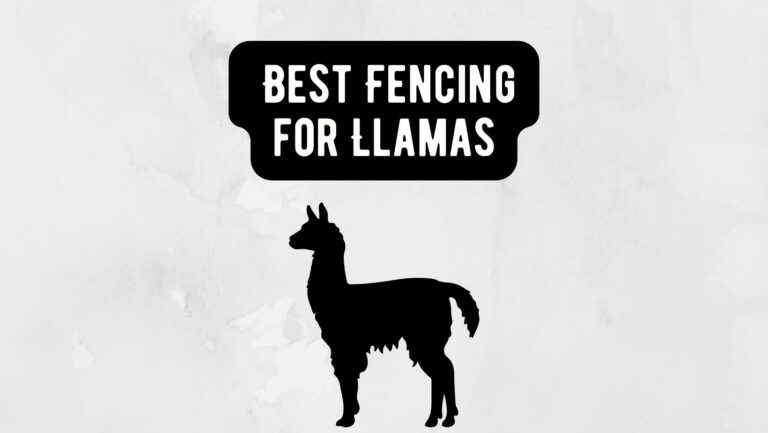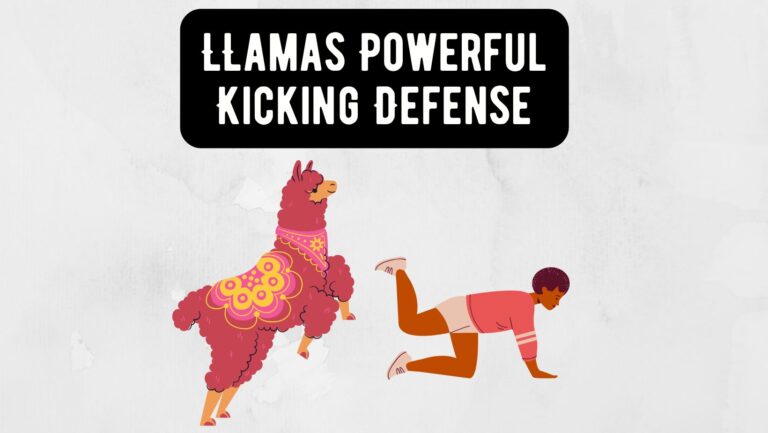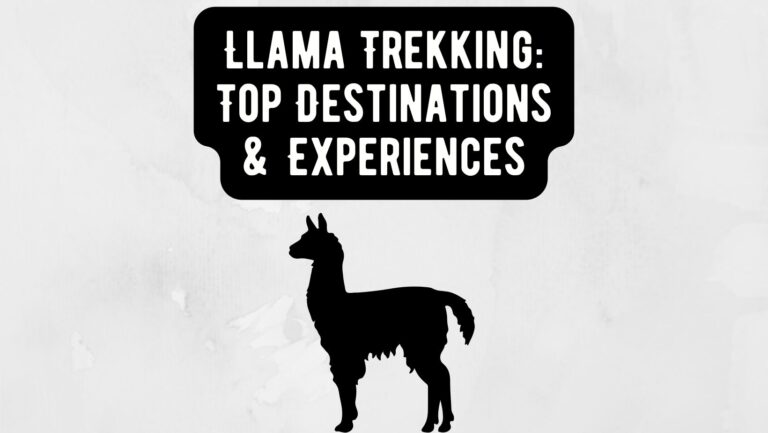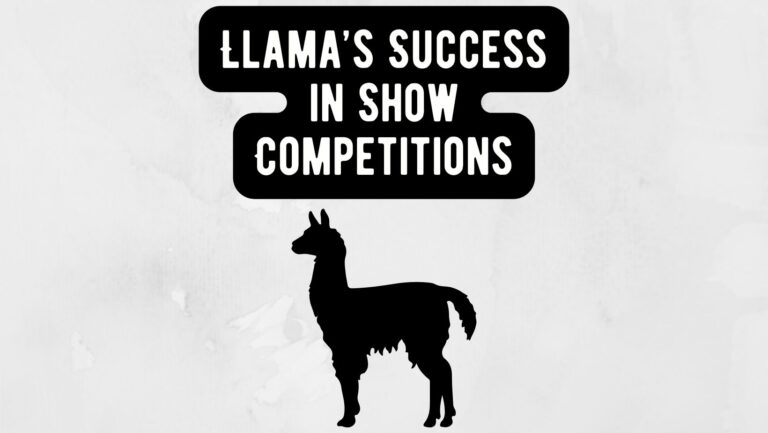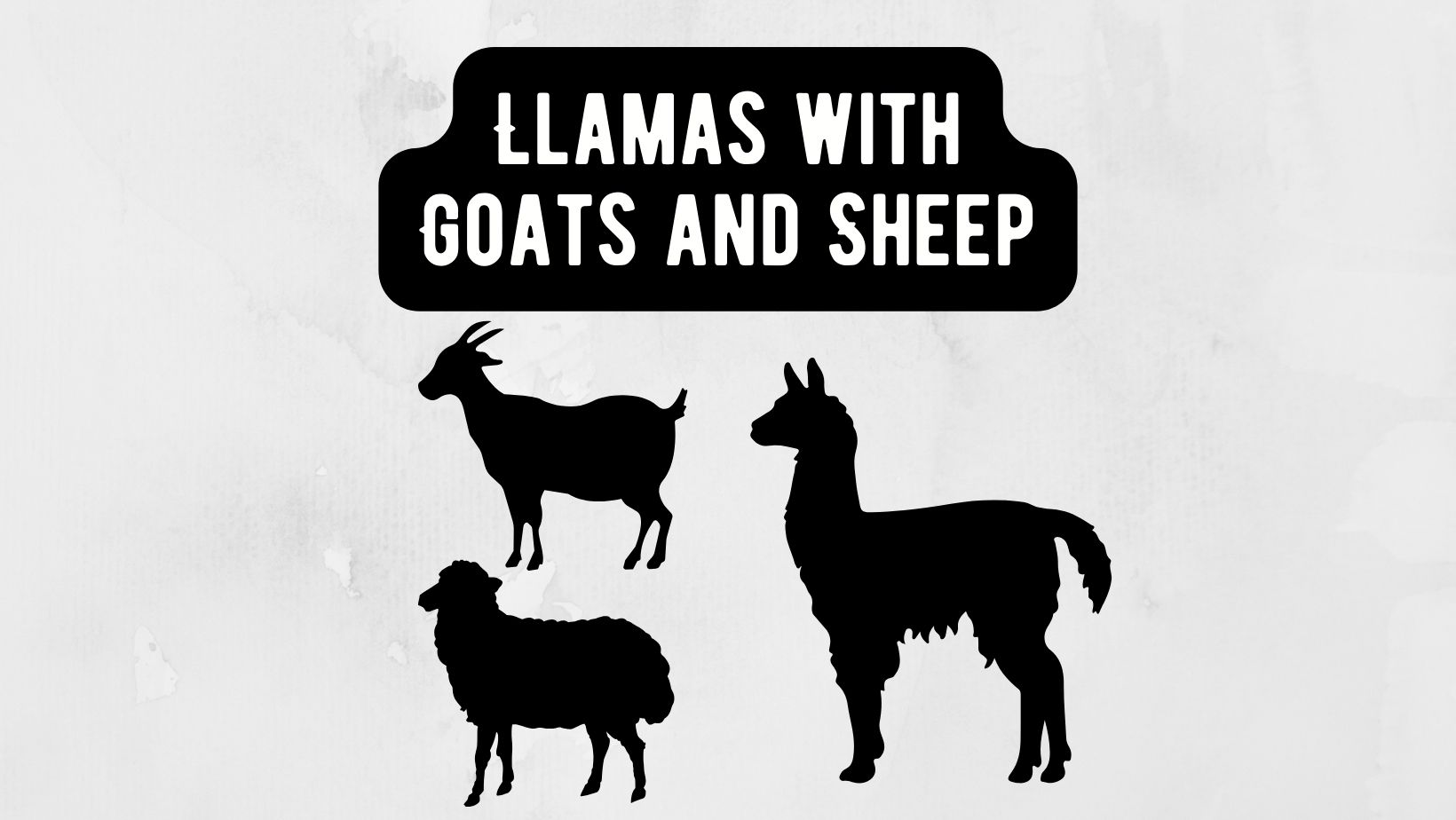
Curious about whether llamas can coexist with goats or sheep? We’ve got you covered! Keeping llamas alongside other animals like goats or sheep is a common practice that comes with its own set of considerations. Llamas are known for their unique behaviors and characteristics that can influence their compatibility with other farm animals. Let’s dive into the fascinating world of llama companionship and explore the dynamics of multi-species living arrangements on the farm.
When it comes to integrating llamas with goats or sheep, there are several factors to take into account to ensure a harmonious environment for all. From social dynamics to space requirements, understanding the dynamics between llamas and other livestock is crucial for successful cohabitation. Join us as we unravel the intricacies of keeping llamas alongside goats or sheep and discover the dos and don’ts of creating a cohesive and thriving farm community.
Post Contents
Key Takeaways
- Companionship Requirements: Llamas thrive in a social environment and forming bonds with goats or sheep should be considered.
- Space Availability: Ensure there is enough space, resources, and shelter for all species to prevent overcrowding and disputes.
- Behavioral Compatibility: Understanding the different behaviors of llamas, goats, and sheep is crucial for successful cohabitation.
- Dietary Needs: Meet the varying dietary requirements of each species to avoid competition over food.
- Health Considerations: Regular veterinary care and disease prevention measures are essential for ensuring the well-being of all animals.
- Predator Protection: Llamas’ protective instincts can benefit other animals by enhancing farm security against potential predators.
Factors to Consider Before Housing Llamas with Other Animals
When housing llamas with other animals like goats or sheep, there are several crucial factors that need to be considered to ensure a harmonious environment for all creatures on the farm. Let’s delve into these essential considerations:
- Companionship Requirements: Llamas are social animals that typically thrive when surrounded by their kind. It’s vital to assess whether they can form bonds with the other animals on the farm.
- Space Availability: Adequate space for each species is paramount to prevent overcrowding and territorial disputes. Ensure there are sufficient resources such as grazing areas, shelter, and water sources for all animals.
- Behavioral Compatibility: Understanding the behavioral traits of llamas, goats, and sheep is crucial. While llamas are known for their protective nature, goats may exhibit more playful behaviors, and sheep might prefer sticking together in a flock.
- Dietary Needs: Different animals have varying dietary requirements. It’s essential to ensure that the nutritional needs of each species are met without competition or conflict over food.
- Health Considerations: Maintaining good health for all animals is a top priority. Regular veterinary check-ups, vaccination protocols, and disease prevention measures should be in place to safeguard the well-being of the entire farm community.
- Predator Protection: Llamas are known for their protective instincts, which can benefit other animals by warding off potential predators. Assessing the predator risks in the area and leveraging the llama’s natural guarding abilities can enhance overall farm security.
By carefully considering these factors, you can create a harmonious living environment for llamas, goats, sheep, and other animals on your farm. It’s all about fostering positive interactions and meeting the diverse needs of each species to ensure a thriving and cohesive farm community.
Social Dynamics Between Llamas, Goats, and Sheep
When considering keeping llamas with other animals like goats or sheep, it’s important to understand the social dynamics between these species. Llamas are known for their protective nature and can often act as guardians for goats and sheep, alerting the herd to potential dangers. They may form close bonds with their fellow farm animals, providing a sense of security and companionship.
Goats, on the other hand, are known for their curiosity and playful behavior. They can sometimes engage in head-butting play with llamas, which may seem aggressive but is usually harmless. Sheep are more timid and tend to follow the herd. They may rely on llamas for protection and guidance in unfamiliar situations.
Introducing llamas to goats and sheep should be done gradually to allow them to acclimate to each other’s presence. It’s essential to observe their interactions closely in the initial stages to ensure that they are getting along well. Providing enough space for each species to have their own area is crucial to prevent overcrowding and minimize conflicts.
In some cases, hierarchy may develop within the group, with llamas often assuming a leadership role. Understanding these dynamics can help farmers manage the herd more effectively and promote a harmonious environment for all animals involved. By considering the social needs and behaviors of llamas, goats, and sheep, we can create a balanced and thriving farm community.
Space Requirements for Housing Llamas with Goats or Sheep
When considering housing llamas with goats or sheep, it’s crucial to ensure that there is enough space for all animals to roam comfortably. Llamas are known to be territorial animals who require ample space to graze and move around. Here are some guidelines to keep in mind when planning the space requirements for housing llamas with goats or sheep:
- Adequate Grazing Area: Llamas, goats, and sheep all require access to fresh grass. Ensure there is enough pasture space for all animals to graze without overgrazing the area.
- Separate Feeding Areas: While llamas, goats, and sheep can share grazing space, providing separate feeding areas for each type of animal can help prevent competition during feeding times.
- Shelter and Sleeping Areas: Llamas, being larger animals, may need a separate shelter or sleeping area from goats and sheep. Ensure that all animals have access to shelter in case of inclement weather.
- Fencing and Boundaries: Secure fencing is essential when housing different types of animals together. Llamas are known to be protective and may need their own space away from goats and sheep at times.
Understanding the unique space requirements of llamas, goats, and sheep is essential to ensure a harmonious living environment for all animals on the farm. By providing ample space, adequate grazing areas, and separate feeding and sleeping areas, we can create a balanced and thriving community of animals.
Tips for Successful Coexistence of Llamas with Other Farm Animals
When keeping llamas with other farm animals such as goats or sheep, there are several key tips to ensure a harmonious living environment for all. Here are some helpful guidelines:
- Adequate Space: Ensure there is enough space for each type of animal to graze comfortably without overcrowding.
- Separate Feeding Areas: Provide separate feeding areas to prevent competition and ensure each animal gets their required nutrients.
- Appropriate Shelter: Offer shelter and sleeping areas that can accommodate all animals comfortably.
- Secure Fencing: Install secure fencing to manage interactions between llamas, goats, and sheep effectively.
- Understanding Unique Needs: Recognize and cater to the unique space needs of each animal to promote a peaceful coexistence.
Remember, a well-planned and thoughtfully organized living space can foster a happy and healthy community of llamas and other farm animals.
Conclusion
Ensuring a successful living arrangement for llamas alongside other farm animals like goats or sheep requires careful planning and consideration. Providing ample space for grazing, separate feeding areas, suitable shelter, and secure fencing are key factors in maintaining a harmonious environment. Understanding the distinct space requirements of each animal plays a vital role in fostering a peaceful coexistence and promoting overall well-being within the farm community. By implementing these strategies, we can create a thriving ecosystem where llamas and other animals can thrive together.
Frequently Asked Questions
Can llamas and goats be housed together?
Yes, llamas and goats can be housed together if there is enough space for grazing and separate feeding areas to prevent competition. Ensure appropriate shelter and secure fencing for managing interactions effectively.
How can I promote harmonious coexistence between llamas and sheep?
To promote harmonious coexistence between llamas and sheep, recognize and cater to the unique space needs of each animal. Provide adequate space for grazing, separate feeding areas, appropriate shelter, and secure fencing.
Why is it important to consider space needs when housing llamas with other farm animals?
Considering space needs when housing llamas with other farm animals is crucial for maintaining a happy and healthy community on the farm. It helps prevent competition, reduce stress, and promote a harmonious coexistence.
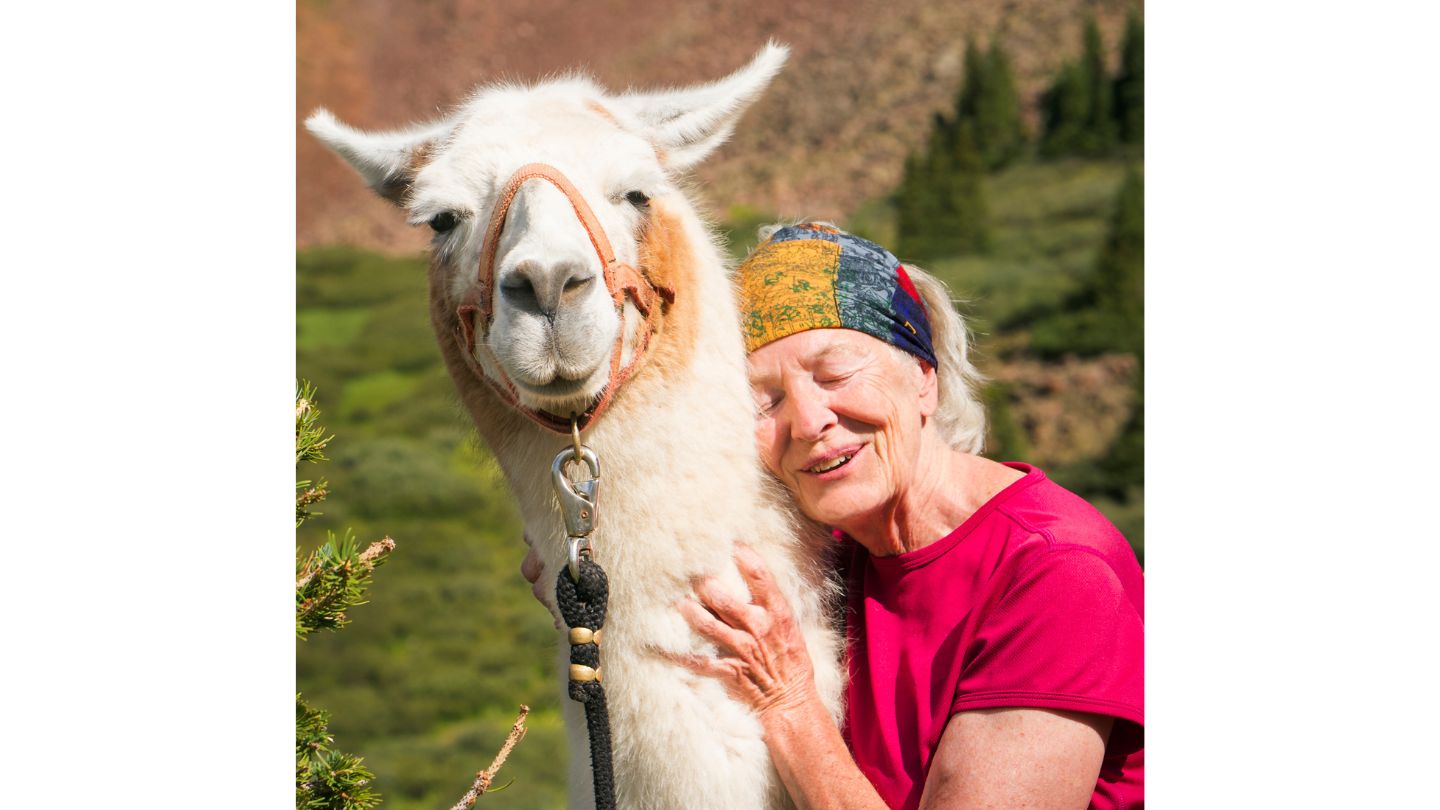
Hi, I am Dale. My husband and I bought our first llama, an 18-month-old male llama, Pumpernickel, in 1984. Since then, they are evergrowing; LlamaWeb is intended to provide information about llamas for people interested in these South American camelids.

